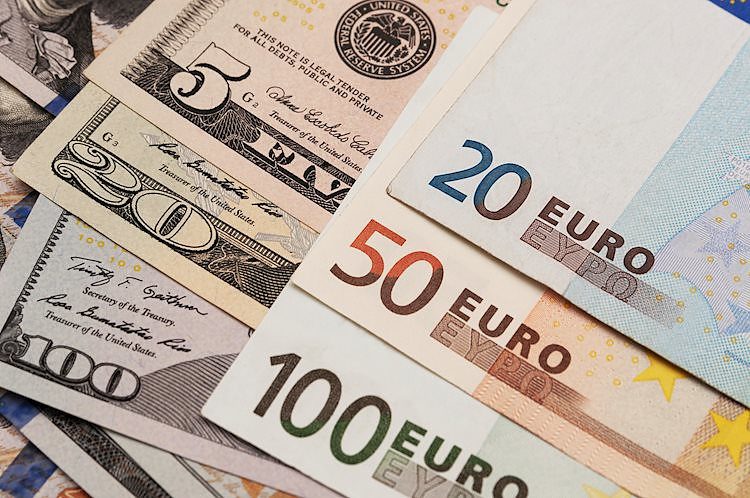EUR/TRY pair resumed directionality

Right after the release of June’s inflation reading by Turkstat, the EUR/TRY pair has resumed a strong upward trajectory, successfully breaking out of the trading range it had been confined to since March. Last week, the exchange rate surpassed the resistance level located around 35.60, closing above it on both Thursday and Friday. On Friday, it reached an all-time high of 36.07, closing at 35,99 (as per FXCM data; prices may vary slightly among different brokers).
From a technical perspective, Friday’s close also marks the 38.2% trend-based Fibonacci extension level, calculated using the December 2023 retracement low, the March 2024 high, and the April lows on the daily chart. If this new uptrend persists, the next price targets can be identified initially around 36.50, followed by 37.00 and 38.70. These values correspond to the 50%, 61.8%, and 100% trend-based Fibonacci extension levels, respectively, on the daily chart.
The breakout from a multi-week consolidation phase suggests a likely continuation of the rally. However, the momentum indicator on the weekly timeframe shows a clear divergence, advising caution. To properly assess the outlook of the pair, it is also essential to monitor the macroeconomic events that might impact the market.
Macro viewpoint
Turkey is currently grappling with soaring inflation, necessitating tight monetary and fiscal policies. Although annual inflation eased to 71.6% last month from a peak of 75.5% in May, it still represents a significant hyperinflationary level.
Finance Minister Mehmet Simsek and Central Bank Governor Fatih Karahan have pledged to maintain an hawkish stance until the monthly inflation trend clearly reverses. Turkey faces national balance-sheet challenges, including a current account deficit where import growth outpaces solid export performance and issues related to its national debt. While the debt itself isn't enormous, much of Turkey's external debt is denominated in foreign currency, making it vulnerable to Turkish lira volatility. Therefore bringing inflation back to acceptable levels is urgent in order to support both export competitiveness and manage the financial needs of its external debt.
Mustafa Gultepe, Chairman of the Turkish Exporters Assembly (TIM), recently highlighted the export competitiveness issue, noting that Turkey is losing ground, particularly in labor-intensive sectors (official data show that the trade deficit widened in June and exports and imports decreased). In his opinion this is due to the high costs and the foreign exchange rate discrepancy. Gultepe called for narrowing the gap between the inflation rate and the foreign exchange rate, suggesting further depreciation of the currency.
Conversely, while a significantly depreciated currency could threaten external debt financing, a prolonged attempt by the government to stabilize the Lira could exacerbate the external debt problem. In such a context, inflation containment becomes a prerequisite.
Following the encouraging June CPI print, Finance Minister Mehmet Simsek declared that the disinflation process has begun and is consistent with the year-end target (estimated at 33% by the Government, and at 38% according to the Central Bank).
International banks have also adjusted their inflation expectations for Turkey. JP Morgan lowered its year-end forecast from 43.5% to 42.5%, while Goldman Sachs suggested that inflation might gain momentum in July but it is likely to fall to 36% by year-end.
Meanwhile, the EUR/TRY pair finds itself caught in a sort of crossfire. The most likely scenario sees the Turkish Lira under pressure during the summer, with a better performance in the following months. The next inflation data release is expected on August 5th. A strong divergence from the projected recovery trend could fuel further currency price volatility. We will cautiously monitor the pair's evolution.
Author

Giuseppe Bocci, CTA
Independent Analyst
Giuseppe Bocci is an independent trader primarily active in the U.S. stock market, international bonds, commodities, and forex. He has been trading full-time for about ten years, turning a passion into a profession.



















